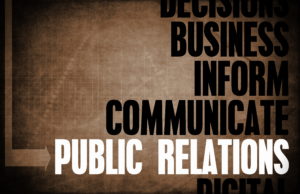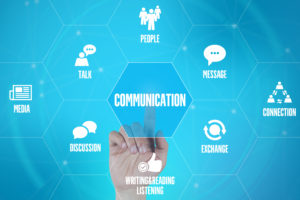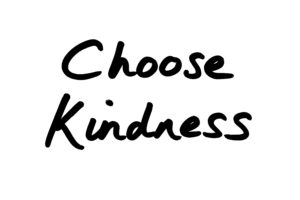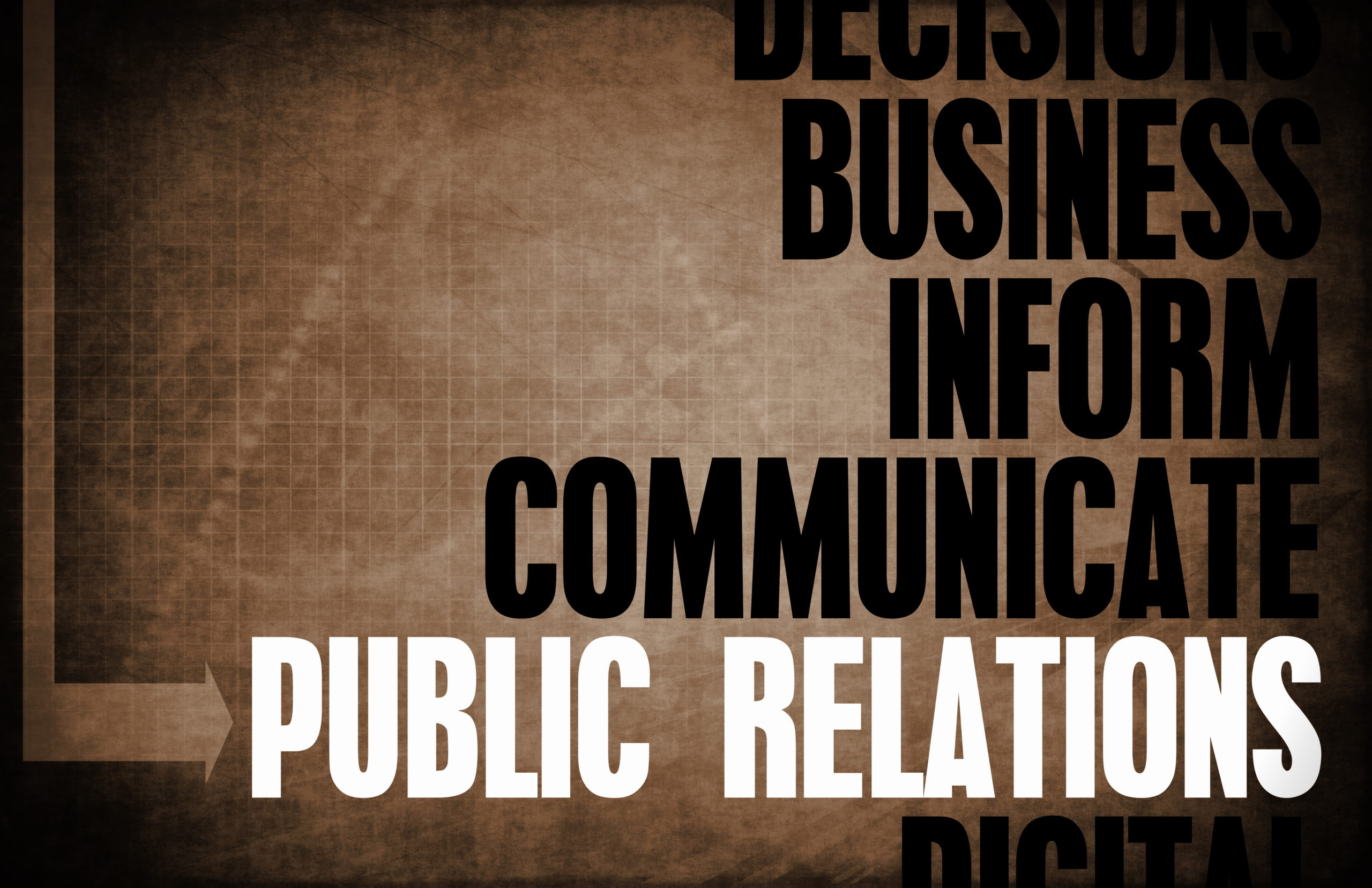Communications in the COVID-19 Era
 In choosing my blog topic, I was a bit reluctant to add to the much-covered COVID-19. As a PR professional, I am fortunate that much of my business is done electronically and I can continue to provide support to my clients in a format they are used to. My goal with this blog is to compile, in one place, useful information for PR professionals as well as those companies that work with PR agencies. What are other PR agencies doing? What should I ask my PR agency to do? In these uncharted times, we are all facing the same professional and personal challenges. I hope you find the recommendations of these very notable PR professionals helpful to you.
In choosing my blog topic, I was a bit reluctant to add to the much-covered COVID-19. As a PR professional, I am fortunate that much of my business is done electronically and I can continue to provide support to my clients in a format they are used to. My goal with this blog is to compile, in one place, useful information for PR professionals as well as those companies that work with PR agencies. What are other PR agencies doing? What should I ask my PR agency to do? In these uncharted times, we are all facing the same professional and personal challenges. I hope you find the recommendations of these very notable PR professionals helpful to you.
Five Ways PR Pros Can Deal with Coronavirus Fallout
In this article by Nicole Shuman, she notes, “Regardless of the type of brand, reacting and preparing for a coronavirus outbreak should follow the rules of a typical PR crisis, even though this seems to be a newer threat with unknown repercussions. Looking at crisis strategy can help brands get a head start on how to communicate with their audiences.” Her five tips can apply to PR pros and individual companies as well.
For example, Nicole recommends to let the CDC do its thing. In other words, follow the directions of the CDC, they are the experts. If they recommend keeping 6 feet between people, don’t recommend another distance, such as 3 feet because you know better. If you are a gym or yoga studio, send an email about enhanced cleanliness at the facility. Stick to the basics and follow the guidelines of the CDC, and let your customers know you are thinking about their health and well-being.
 Over communicate. If there was ever a time to do this, it is now. People crave information, even if it’s information about where to get more information. For example, let people know you are working on a plan—even if it is still in its infancy. In the end, no one is going to get angry about getting too much information during a crisis.
Over communicate. If there was ever a time to do this, it is now. People crave information, even if it’s information about where to get more information. For example, let people know you are working on a plan—even if it is still in its infancy. In the end, no one is going to get angry about getting too much information during a crisis.
Easy navigation. For all of the over communicating, you will want to ensure that you make the information easy to find. Don’t rely on one platform, such as Twitter, as many of your customers/clients may not use the platform. The best way to ensure that your news is found is to put it on the home page of your website and support your message using email.
Embrace the consumer. Travel and tradeshows have been hit particularly hard with cancellations. Most travelers and event registrants understand the difficult decisions that lead to cancelling a major event. What needs to be communicated is that those decisions were made in the consumers’ best interests. On the other hand, failure to cancel may appear as if your brand has little regard for consumer safety. It is important to show extra care for keeping consumers/customers healthy, as well as working with the latest facts around the crisis.
Don’t lie. Savvy consumers can see right through any sort of forced positivity. Remember, mainstream media journalists seek out the truth at every opportunity. If something doesn’t add up in your company’s crisis messaging, someone will eventually find out. Nicole recommends “keeping messaging tight, on-point, and full of the facts consumers need”.
Building on her excellent advice above, Nicole Shuman’s article ‘Internal Communications Can Make or Break Brand Reputation During Coronavirus Crisis’ provides advice for consumer and B2B companies. Nicole writes, “During this unprecedented crisis, many employees are facing huge discrepancies in the way companies are communicating. As employees adjust to their new reality during the coronavirus outbreak, they look to employers to provide clear and consistent messaging regarding not only the day-to-day, but what’s coming next. This places great responsibility on company leadership and internal communications officers, who balance on a tightrope of trust as layoffs and reduced hours become the norm.”
 It is important for business owners to put its people first. On March 16, PRNEWS reported on the COVID CEO Pledge, encouraging senior management in the creative and communications services industries to take pay cuts over the next several months to avoid layoffs and keep necessary funds in reserve for staffing. For example, Mark Cuban, owner of the Dallas Mavericks NBA basketball team, is ensuring hourly workers and staff are paid regardless of the cancellation of the season. Many other team owners in the sports world have followed his lead. When companies are in a position to do something extraordinary, communications can help the company stand out as a corporate citizen. Smaller companies also have the ability to reach out to their employees and make a real difference.
It is important for business owners to put its people first. On March 16, PRNEWS reported on the COVID CEO Pledge, encouraging senior management in the creative and communications services industries to take pay cuts over the next several months to avoid layoffs and keep necessary funds in reserve for staffing. For example, Mark Cuban, owner of the Dallas Mavericks NBA basketball team, is ensuring hourly workers and staff are paid regardless of the cancellation of the season. Many other team owners in the sports world have followed his lead. When companies are in a position to do something extraordinary, communications can help the company stand out as a corporate citizen. Smaller companies also have the ability to reach out to their employees and make a real difference.
David Grabert, global head of marketing and communications for GroupM, adds advice for effective leadership communications. He states, “Leaders may get messages more effectively across through a livestream, town hall or fireside chat than solely from an email, depending upon the level of importance of the news. Some leaders may also get their best ideas for communication from listening. Great ideas will often be sourced from your people. So, people leaders need to listen.”
It is important to keep in mind that along with key information, people need encouragement and inspiration. Sending brief messages of support to your team can go a long way toward boosting morale, especially during stressful times such as these. Yet even with supportive and inspirational messages, some people have a lot of anxiety, whether a PR pro, business owner or employee. Meredith Lepore of Ladders covers in her article ways to work through the Coronavirus anxiety cycle. Also, she has included input from mental health professionals that offer ways to keep a good perspective on things and how to redirect our focus so we are productive.
I will wrap up with examples of some very productive PR professionals. Throughout the PR industry, communicators continually scramble to craft messages reacting or responding to the ever-changing reality due to COVID-19 news updates. Seth Arenstein in his article provides examples of company messaging that illustrates the level of compassion and unique creativity demanded from today’s PR industry.
Companies like Amtrak and Walmart sent messages to customers about their procedures to continue operating in the COVID-19 period, while others discussed cancellations and closures.
 Princess Cruises’ president Jan Swartz took to Twitter to deliver an empathetic, seven-minute, 39-second statement. Swartz acknowledged the commitment the brand has to its guests and staff. She announced, “In the interest of doing what’s right and upholding our core values, I am regretfully announcing a 60-day pause of our global ship operations.” This message has been extremely well-received, with many on social media expressing how extremely impressed they are with Princess. By taking this action, Jan Swartz has shown that the company does have the best interest of its crew and passengers above the all mighty dollar. Princess has many pledges of loyalty once things get going again.
Princess Cruises’ president Jan Swartz took to Twitter to deliver an empathetic, seven-minute, 39-second statement. Swartz acknowledged the commitment the brand has to its guests and staff. She announced, “In the interest of doing what’s right and upholding our core values, I am regretfully announcing a 60-day pause of our global ship operations.” This message has been extremely well-received, with many on social media expressing how extremely impressed they are with Princess. By taking this action, Jan Swartz has shown that the company does have the best interest of its crew and passengers above the all mighty dollar. Princess has many pledges of loyalty once things get going again.
One of the more compelling sections of Seth’s article are his examples of the way some brand communicators dealt with different issues. For example, Clorox addressed price gouging on disinfecting products. “It’s very disappointing to see third-party sellers doing this at a time when people need access to disinfecting products,” Clorox wrote in an email to Ad Age. Clorox also shut all ad-display activity on most of its disinfectants on Amazon. On its website, Clorox has provided information from proper hand washing to tips on the germiest places in your home to how to make your own disinfecting solution.
When was the last time you saw an ad or messaging urging the consumer to NOT buy their product? That was the unique mission for the PR team for Tito’s Handmade Vodka. Playing on the limited availability of hand sanitizer, last week an erroneous viral message emerged about using Tito’s vodka to create your own disinfectant. Tito’s responded quickly and informed customers, “Tito’s Handmade Vodka is 40 percent alcohol and therefore does not meet the current recommendations of the CDC, which is 60 percent alcohol.” However, recently, the Alcohol and Tobacco Tax and Trade Bureau (TTB) announced they are permitting production of ethanol-based hand sanitizers by permitted distillers. As they gather the materials and ingredients, Tito’s and several other distilleries around the U.S. are working to meet the challenge to supply much-needed hand sanitizers. And they are donating the hand sanitizers for use in their communities. Who knew? A whole new application and product line is emerging as this industry works to fill a need for the good of its local communities.
Several communicators made quick changes to their creative. Coors Light communicators headed off a potential disaster by monitoring the news and social media. It scrapped an ad planned for March Madness. By monitoring the number of fans who generally call in sick during the basketball tournament, Coors had planned to tout itself as the “Official Beer of ‘Working’ Remotely.” Due to the unforeseen COVID-19 mandates and cancellation of March Madness, they felt it would now be in bad taste to continue the campaign. In addition, Coors execs were busy alerting distributors and restaurants to remove from display any “Working Remotely” creative, including cups, banners and coasters. Check out their recent positioning in this video on their home page about ‘Skipping Cuffing Season.” For those of you unfamiliar with the term ‘cuffing season’: it is the time of year when people couple off to combat the cold and loneliness. I personally find this ad very clever without mentioning the virus, while positively positioning their product to provide support. And the dog is awesome!
 I hope companies as well as PR professionals find this information useful. At this time, there is much negativity in the world; however, I have never felt such a wave of kindness from strangers at a six-foot distance when going to the store, etc. If you have questions regarding COVID-19, please refer to the CDC website.
I hope companies as well as PR professionals find this information useful. At this time, there is much negativity in the world; however, I have never felt such a wave of kindness from strangers at a six-foot distance when going to the store, etc. If you have questions regarding COVID-19, please refer to the CDC website.
While we’re all at a distance, we’re still in this together. Keep positive and roll out the kindness when you can.
